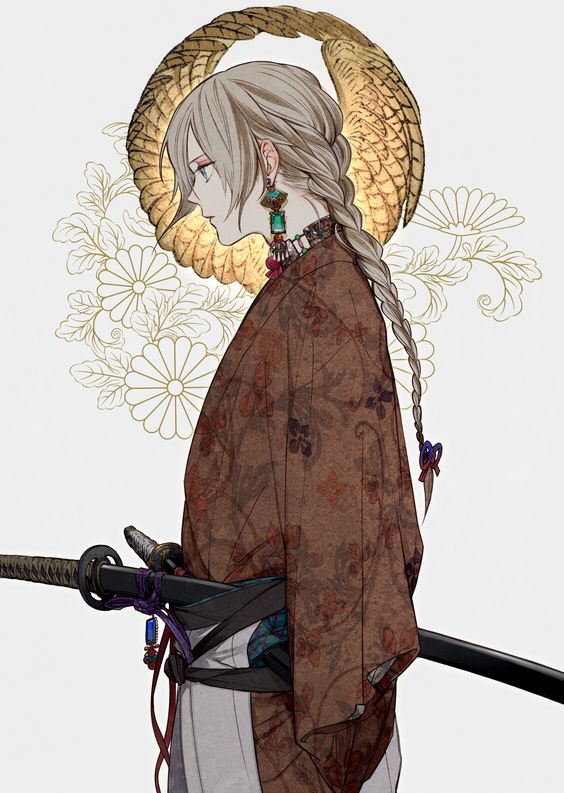The Crucible:
This vast underground labyrinth of rooms and tunnels is where the infamous alchemist began her experiments on the nature of immortality. What originally began as a simple laboratory evolved into a massive circular complex of interconnecting chambers. There are four layers to the Crucible, and each layer corresponds to one of the stages in the creation of the philosopher’s stone: Nigredo, Albedo, Citrinitas, and Rubedo. Each layer has its own share of unique horrors that contribute to the culmination of Ekaterina van Eisser’s Great Work.
Nigredo – The Catacombs
“E morte, ad vitam.”
The Catacombs are the outermost chambers of the Crucible. Composed of thick walls of stone and dimly lit rooms, restless dead wander the halls in agony. The glowing crystals held within the hanging metal lanterns serve a purpose other than mere decoration: they weaken the living and emit energies that revive the dead, keeping them prisoner in a state of undeath. Those who die within these rooms are bound by the arcane symbols carved deep into the stonework, and the wraiths are more than happy to find another soul to take their place. The smell of ash and decay hangs heavy in the air, a grim reminder of what is to come.
Albedo – The Asylum
“The dross shall be purged from the silver.”
Dissatisfied with the limitations of undeath, the next ring of rooms within the Crucible are where the alchemist began her experiments to remove what she saw as weaknesses. Locked cells and glass tanks holding chimeric abominations reveal her attempts at infusing light essence into unholy creatures. Eventually she moved onto angelic specimens, with several failed attempts to create a ‘perfect’ being. Crude earth golems are always on the prowl, acting as wardens to prevent any test subjects or intruders from escaping.
Citrinitas – The Furnace
“Released from their earthly shackles, they shall be transformed…and transcend to greater heights.”
After the Asylum lies the Furnace, and true to its name the air is filled with an unbearable heat. Great pools filled with a shimmering, aureate liquid flow into a network canals that lead towards the heart of the Crucible. Vats full of molten gold pour into the bottomless reservoirs, creating plumes of steam that lower visibility. If one looks up, they will notice countless pipes bringing the fluid in. The high ceiling and perpetual haze of steam adds to the depth of the abnormally large chamber. The Furnace is much brighter than the Catacombs and the Asylum due to the glow from the continuous streams of liquid being poured from the vats.
When crossing the walkways between the reservoirs and canals one must avoid straying too close to the edge. Every so often, humanoid figures emerge from the viscous fluid and try to grasp at others in desperation. Their bodies are unstable, writhing and collapsing in vain attempts to hold a solid form. And if you observe the surface of the pools closely, the fluid within seems to move and shudder as if it were alive…
Rubedo – The Sanctorium
“The Squared Circle symbolizes perfection. Once my work is complete, the world shall revel in its glory.”
The Sanctorium is the center of the Crucible, the innermost chamber containing Ekaterina van Eisser and her greatest creation. Encased within several feet of steel and stone, the only point of entry is a pair of brass doors that reach towards the ceiling. Inside lies an alchemist’s laboratory with a large incubation vat as the focal point. From the vat radiates a pulsating glow that tints the room a pale crimson. Tubes connecting into the vat feed the golden liquid from the Furnace to a cyst-like core that emits an otherworldly energy. Having come this far, the alchemist will stop at nothing to see her efforts come to fruition. Golems infused with living gold will act as guards to prevent any interruptions to the final stage of her life’s work.
